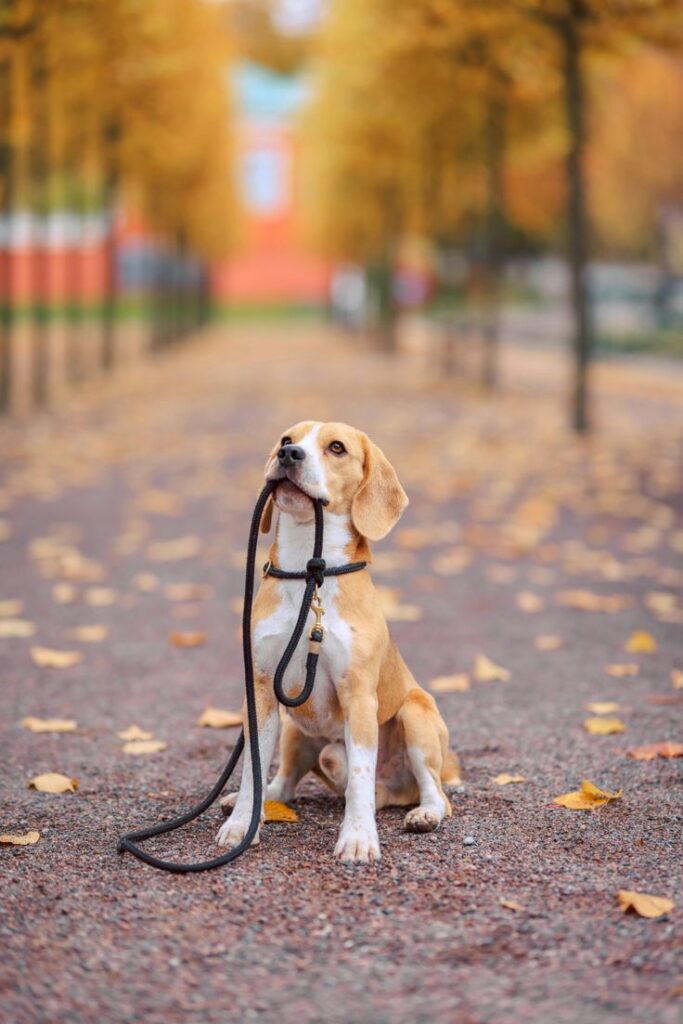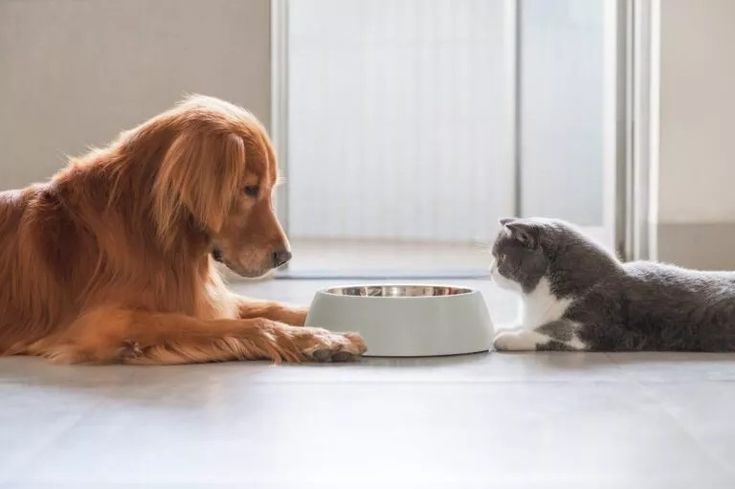How to Start a Pet Routine : Pets thrive on routine. Just like humans, our furry friends feel more secure and content when their days follow a predictable pattern. Whether you’re a first-time pet owner or looking to bring more structure to your current pet’s life, establishing a daily routine is key to their well-being. In this guide, we’ll walk you through how to start a balanced pet routine focusing on feeding, walking, and sleeping, and explain why consistency is crucial.
This guide is perfect for dog and cat owners who want to give their pets a happy, healthy lifestyle.

Why a Routine Is Important for Pets
Pets are creatures of habit. A predictable schedule helps:
- Reduce anxiety and behavioral issues
- Improve digestion and sleep
- Encourage good habits like house training
- Strengthen the bond between pet and owner
Let’s break down the three main components of a pet routine:
1. Feeding Routine: Set Mealtimes, Happy Tummies

Feeding your pet at regular times daily trains their body clock. It also helps avoid obesity, begging behavior, and digestive issues.
General Guidelines for Feeding Dogs & Cats
| Pet Type | Age | Frequency | Notes |
|---|---|---|---|
| Dog | Puppy | 3-4 times/day | Smaller meals help with digestion |
| Dog | Adult | 2 times/day | Morning and evening feeding best |
| Cat | Kitten | 3-4 times/day | High-protein diet essential |
| Cat | Adult | 2 times/day | Free feeding possible if pet is not overeating |
Feeding Tips for Dogs
- Feed after walks to avoid bloating.
- Always provide fresh water.
- Use puzzle feeders to stimulate mental activity.
Feeding Tips for Cats
- Try to stick with high-quality wet food for hydration.
- Don’t change food brands too often.
- Provide food in quiet, stress-free areas.
2. Walking Routine: Exercise & Exploration

Dogs need regular walks for both physical and mental health. Cats may not need walks, but playtime is crucial.
How Often Should You Walk a Dog?
| Dog Size | Frequency | Duration | Best Time |
|---|---|---|---|
| Small Dogs | 2-3 walks/day | 15–30 minutes | Morning & evening |
| Medium Dogs | 2 walks/day | 30–45 minutes | Morning & evening |
| Large Dogs | 1–2 walks/day | 45–60 minutes | Early morning or late evening |
Dog Walking Tips
- Always use a leash and ID-tagged collar.
- Vary your route to provide mental stimulation.
- Avoid walking during extreme heat or cold.
What About Cats?
Indoor cats need at least 30–60 minutes of play daily. Use laser toys, feather wands, or interactive tunnels to simulate hunting instincts.
3. Sleep Routine: Rested Pet = Happy Pet

Just like humans, pets benefit from proper sleep. Adequate rest supports their immune system, mood, and energy.
Average Sleep Needs for Pets
| Pet Type | Age | Daily Sleep Requirement |
|---|---|---|
| Dog | Puppy | 18–20 hours |
| Dog | Adult | 12–14 hours |
| Cat | Kitten | 18–20 hours |
| Cat | Adult | 13–16 hours |
Tips for a Peaceful Pet Sleep
- Create a cozy, quiet sleep area.
- Avoid feeding or high-energy play right before bed.
- Maintain a dark, cool room if possible.
Daily Pet Routine Sample Schedule
Here’s a sample daily routine for an adult dog or cat. You can adjust based on your pet’s breed, age, and needs.
| Time | Activity |
|---|---|
| 7:00 AM | Wake up, potty break |
| 7:30 AM | Morning meal |
| 8:00 AM | Walk or play session |
| 10:00 AM | Nap time |
| 12:30 PM | Quick potty break/play |
| 1:00 PM | Rest or light activity |
| 5:30 PM | Evening walk or play |
| 6:30 PM | Dinner |
| 8:00 PM | Relaxation/TV time with owner |
| 9:30 PM | Final potty break |
| 10:00 PM | Bedtime |
How to Stick to the Routine
Consistency is the hardest part for many pet parents. Here are some tips:
- Set Reminders: Use smartphone alarms or a pet app.
- Communicate: Everyone in the household should follow the same schedule.
- Adjust Gradually: Don’t shift times too suddenly.
- Be Flexible on Bad Days: Just get back to routine the next day.
Special Considerations by Pet Type
Dog Routine Challenges
- High-energy breeds (like Huskies, Labs) may need more walks.
- Older dogs may need frequent potty breaks and more sleep.
Cat Routine Challenges
- Cats are crepuscular—more active at dawn/dusk.
- Some cats resist schedules—use treats and toys to motivate.
How Routine Affects Behavior
Routines don’t just make life easier—they also influence behavior. Some benefits include:
- Reduced Aggression & Barking: When dogs are walked and fed on time.
- Fewer Litter Box Issues: With cats on consistent feeding and cleaning schedules.
- Less Destructive Behavior: Pets who know what to expect don’t act out.
Tools That Help Maintain Routine
- Pet Feeders (automatic): Great for consistent meal times.
- Pet Cameras: Helps monitor pets while you’re out.
- GPS Smart Collars: Keep track of walking habits.
- Pet Routine Apps: Like Pawtrack, Petzbe, and DogLog.
When to Change Your Pet’s Routine
Life happens—so how do you handle vacations, work changes, or health issues?
- Gradual Changes Work Best: Move walk or meal times in 15-minute increments.
- Boarding or Travel? Share your routine with pet sitters.
- Senior Pets? Routines may need adapting to suit their mobility or medications.
Expert Tips for Long-Term Success
- Create a printable pet routine chart and stick it on your fridge.
- Use calming cues at bedtime—like white noise or nightlights.
- Incorporate training or mental stimulation into walks or feeding time.
- Keep hygiene in sync with routine—like brushing and nail trimming weekly.
Final Thoughts
A strong pet routine is the foundation of a happy and healthy life for your furry friend. By focusing on feeding, walking, and sleeping, you create a predictable and nurturing environment that reduces anxiety and encourages good behavior.
Whether you own a cuddly kitten or an energetic pup, start small and stay consistent. Your pet will thank you with love, trust, and loyalty.

1 thought on “How to Start a Pet Routine: Feeding, Walking & Sleeping”